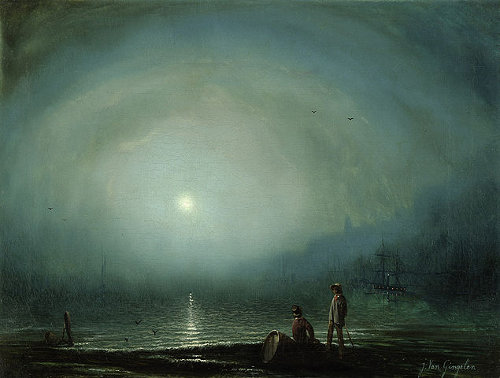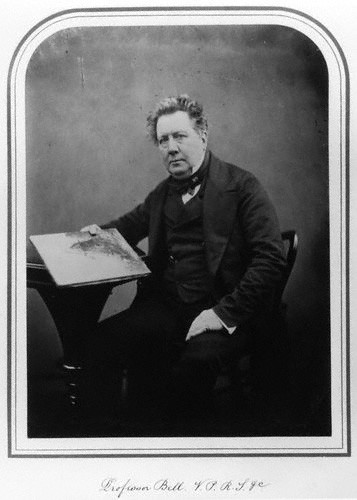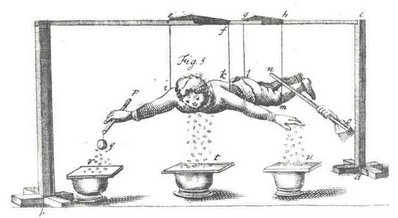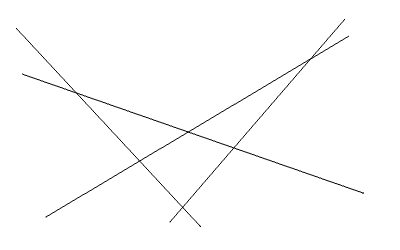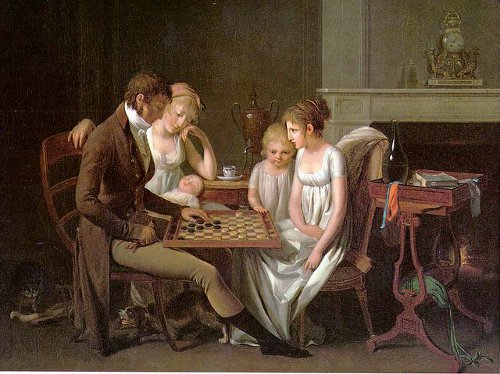
Call a game finite if it terminates in finitely many moves. Now consider Hypergame, which has two rules:
- The first player names a finite game.
- The two players play that game.
Is Hypergame a finite game? It seems so: It consists of a single game-naming move, followed by a subgame with a necessarily finite number of moves. But what if the first player names Hypergame itself as the subgame, and the second player names Hypergame as the sub-sub-game, and so on?
In presenting this question to students and colleagues at Union College, mathematician William Zwicker found that many saw the catch and quickly pointed out that it leads to infinite play, thinking that this settles the matter. But the proof that Hypergame is finite seems sound. “I … have to convince them that mathematicians cannot simply abandon a proof once a counter-example has been found, for if the internal flaw in such a proof cannot be identified then the counterexample threatens the entire edifice of mathematical proof.” What is the answer?
(William S. Zwicker, “Playing Games with Games: The Hypergame Paradox,” American Mathematical Monthly 94:6, 507-514)


